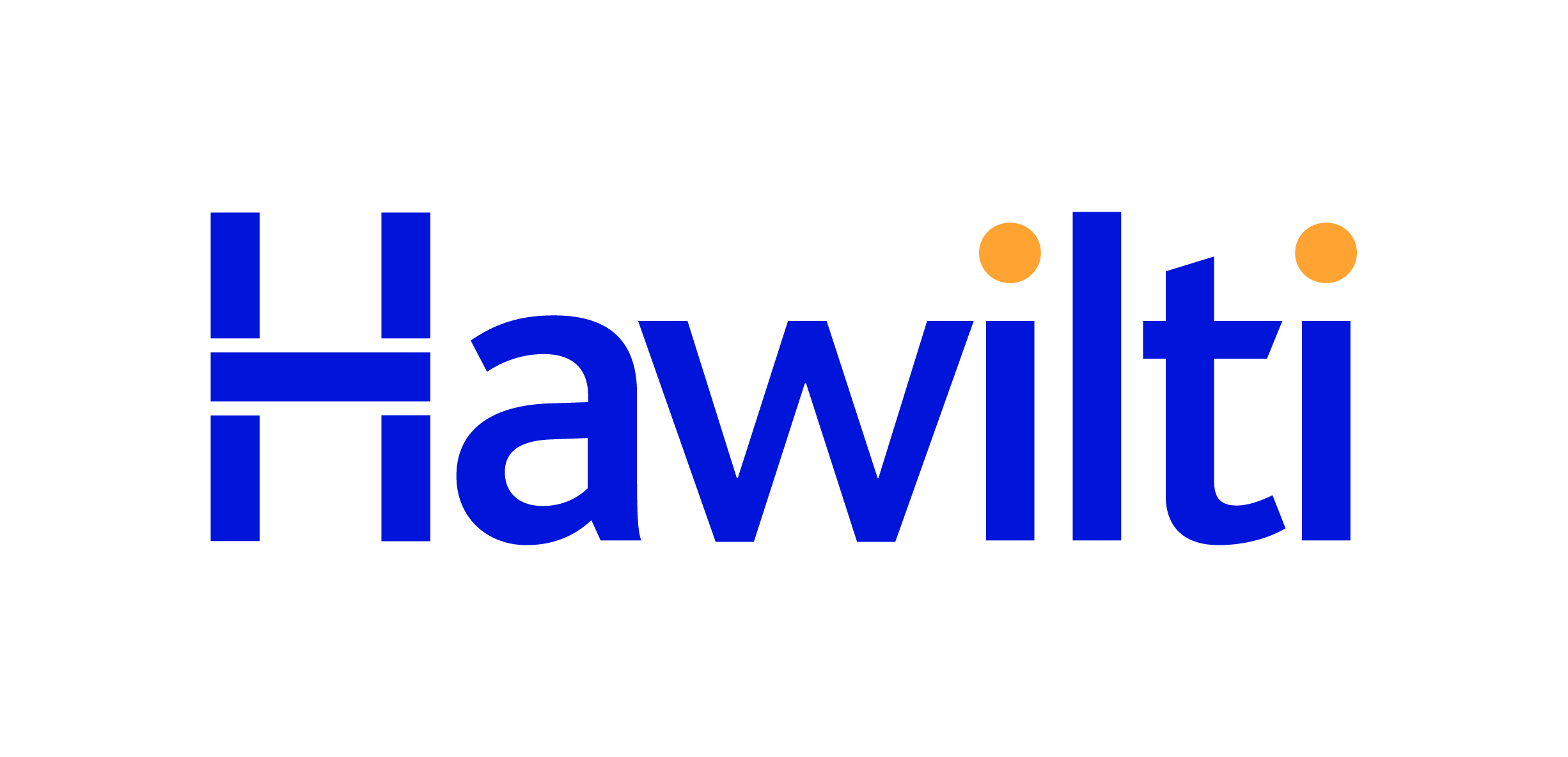Read more
South Africa has been home to some of the world’s largest discoveries in recent years, with TotalEnergies opening up a new hydrocarbon’s province in the Outeniqua Basin via its Brulpadda (2019) and Luiperd (2020) discoveries. But as TotalEnergies and its partner work towards the set-up of an early production system on these discoveries, attention has turned further west to the Orange Basin. The Orange Basin covers most offshore areas from Cape Town up to the Namibian border. It notably contains the TotalEnergies-operated Block 2913b in Namibia and the Azinam-operated Block 2B in South Africa where the Venus-1 and Gazania-1 exploratory wells are expected to be spudded this year. In anticipation of increased drilling activity and potential world-class discoveries, seismic data providers Searcher and Spectrum (acquired by TGS in 2019) have been planning large seismic data acquisitions over the basin. Both companies are well-established players in the region. In November 2020, Searcher had already announced a new multi-client 2D and 3D seismic rectification project offshore South Africa, in collaboration with the Petroleum Agency of South Africa (PetroSA). Its seismic data currently stands at about 110,000 km of 2D and 15,000 km2 of 3D and covers the Outeniqua Basin and its sub-Basins: the Bredasdorp, Infanta, Pletmos, Gamtoos, Algoa and Southern Outeniqua Basins. Meanwhile, and following extensive long-offset acquisition and reprocessing programs between 2012 and 2019, Spectrum (now TGS) offers over 69,000 km of high-quality, modern 2D multi-client seismic from the Orange to the Namibe Basins. It also completed an additional 2D survey comprising approximately 3,900 km of the outboard Orange Basin in April 2019. But they have not stopped there and are about to step up their seismic data acquisition efforts significantly. They have both applied to PetroSA for Reconnaissance Permits enabling them to carry out new multi-client surveys over the Orange Basin: PetroSA acknowledged Spectrum’s application in July 2020, and Searcher’s in May 2021. Searcher’s ambition is to undertake either a 2D or a 3D seismic survey (or a combination of both) acquired back-to-back over the 2021 / 2022 Austral Summer. Its proposed 2D survey would have a total cumulative length of up to approximately 22,014 km while its proposed 3D seismic survey would cover an area of up to approximately 10,000 km2. Meanwhile, Spectrum’s application covers the undertaking of a multi-client speculative 2D seismic survey in a number of petroleum license blocks, covering an area in the order of 180,000 km2. These upcoming surveys, coupled with exploratory drilling by TotalEnergies and Azinam, are expected to confirm Southwestern Africa as one of the world’s hottest exploration frontier this decade. They would also have tremendous implications for two countries that have remained excluded from the league of global oil & gas producers and continue to rely on expensive imports to meet their energy needs.
Private Nigerian trading house Beluga Energy has signed a binding Heads of Agreement with Tower Resources Cameroon last month to acquire a 49% non-operating working interest in the Thali production sharing contract (PSC) offshore Cameroon. As operator, Tower Resources had been looking for a partner for some time in order to drill the NJOM-3 well. Consequently, the farm-out with Beluga Energy covers $15 million towards the cost of that well. With gross mean prospective resources of 111 million barrels across four identified prospects, the Thali PSC could be Cameroon’s next significant shallow water development and sees Beluga Energy entering in a drill-ready asset. Tower Resources has been operating the licence since 2015, when it acquired the block where French major Total had declared two gas discoveries: Rumpi-1 and Njonji-2 (now NJOM-2) and one oil discovery: Njonji-1 (now NJOM-1). Following a reprocessing of all available data, Tower Resouces started planning the drilling of NJOM-3 very early on. However, plans were delayed due first to the lack of site survey data, which was completed and acquired in early 2020, then by the Covid-19 pandemic. Two extensions of the initial exploration periods have provided enough time to drill and complete the well. The last exploration extension period was granted in May 2021 and runs until May 11th, 2022.

